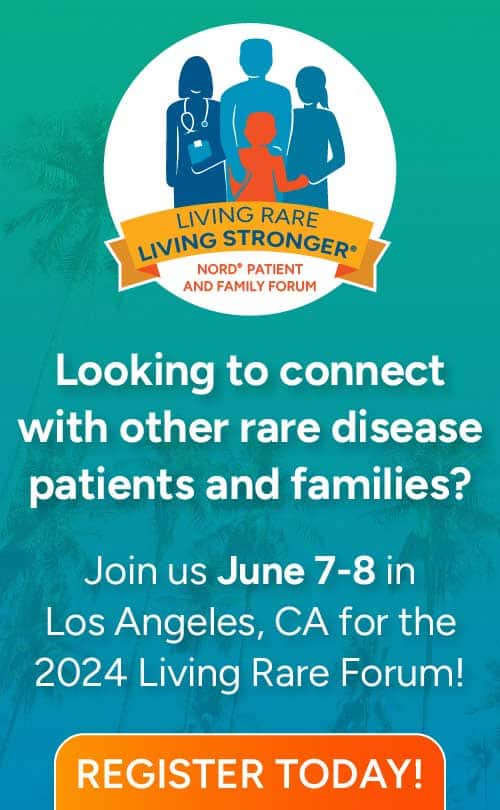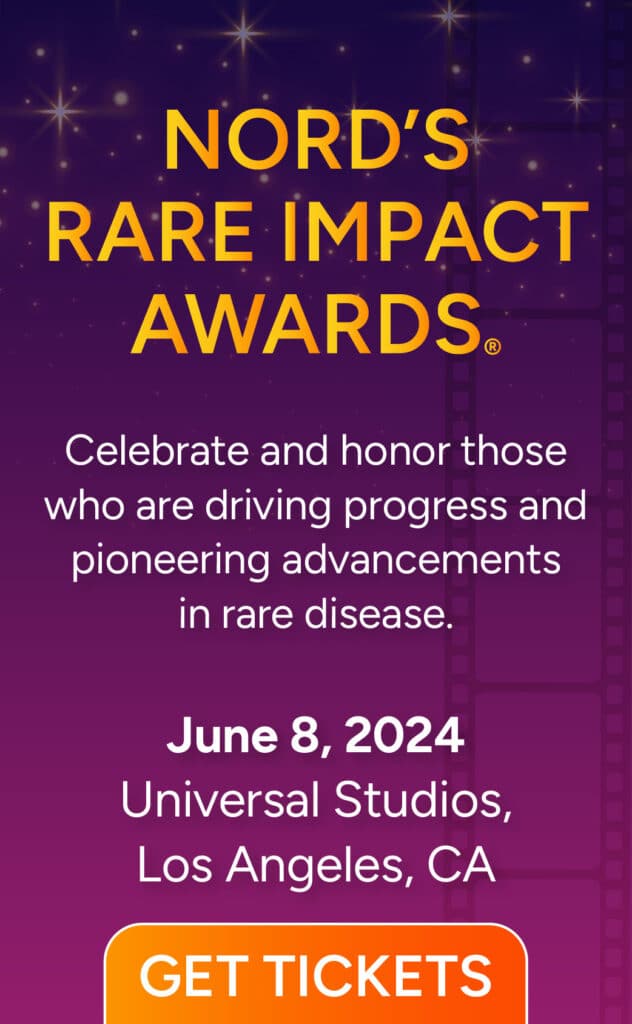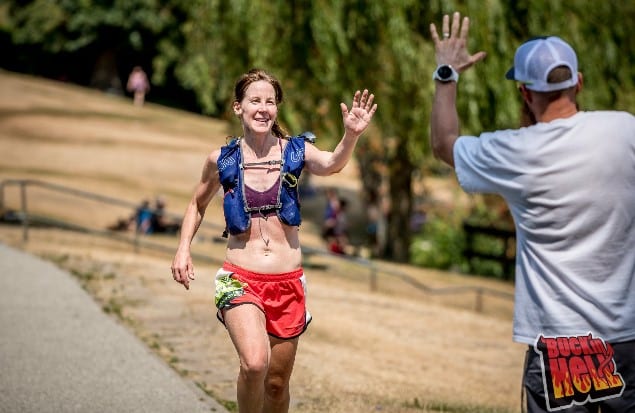In 2005, I was in a serious motor vehicle accident and sustained a traumatic brain injury (TBI). Before this, I was in the third year of my PhD studies in kinesiology, and I was competing in Ironman triathlons, including the Ironman World championships in Hawaii and the World Duathlon Championships. I also sat on many Boards of Directors for sport organizations, and with some friends, started the largest triathlon club in Canada. I had been coaching athletes since 1982 and had married the man of my dreams and we had an incredible daughter; I was truly living my dream life.
My life, education, and career have revolved around health and sports for as long as I can remember. My brain injury and the rare medical problems I developed as a result of the injuries to my brain, pituitary gland, cerebellum, autonomic nervous system, and ventricles, caused five rare diseases and medical problems: central diabetes insipidus (CDI); dystonia; autonomic dysfunction causing dysautonomia/POTS; aphasia, leading to not being able to speak; and finally, ataxia, being completely unable to balance without falling over.
More than 65% of people who suffer traumatic brain injuries can develop life-threatening endocrine disorders. I developed CDI, a rare endocrine disorder that causes life-threatening low sodium in blood, which can lead to dangerously low potassium, coma, or death. In 2009, CDI was killing, and I was urinating 16+ liters a day of fluid, losing a lot of fluid and electrolytes. Additionally, I developed an excruciating ice pick headache from the day of the accident, which was completely debilitating.
I continued to worsen over four years until I was in a wheelchair, could barely function, and was dying from the CDI being missed by over 200 doctors. The last endocrinologist I saw told me I needed to go to an ashram and pray because she didn’t know what was wrong with me. I had figured out myself that it was CDI based on the laboratory and urine results that I had—it was the only logical fit. Gratefully I remembered my research training and science from university, and I knew what I had, I just needed someone to run the test to prove it so I could get treatment. No one in Vancouver, Canada had ever done this test, and none of the doctors I had seen had even heard of this condition caused from brain injury.
By September 2009, I had planned my funeral and my husband, daughter, and I did our last wish trip to Hawaii. I never stopped looking for the answers or for someone to help me. When the medical system failed me and I was literally dying, I found a world-leading researcher in CDI. Dr. B. agreed that CDI was likely, based on my lab data. Within three days of him presenting my case for testing, I was in the hospital getting the 24-hour fluid deprivation test for CDI. I was the first person to have this test done in Vancouver. The test confirmed I had this disease, and research later showed that CDI affects between 2-50% of all people with traumatic brain injuries.
I began treatment with DAVP, the hormone vasopressin, in November of 2009. When the doctor handed me the nose spray and I pumped it up my nose, it was as if my brain was a dried-up sea sponge. Within 30 seconds of receiving the hormone, my brain felt like it was filled with fluid and instantly the headache I had for four years disappeared along with my slurred speech. Basically, I was suffering from severe life-threatening brain and body dehydration. It took me three years to gain back the 30 pounds I had lost and to overcome the profound fatigue and shortness of breath issues that kept me unable to function a lot of the time. DAVP keeps me alive, and I will need to take it every day for the rest of my life.
As for the other rare diseases, I developed cervical dystonia in the week after the accident, a debilitating neuromuscular disorder which then spread to my eyes, face, jaw, and arms. My muscles were getting Charlie horse spasms and contorting my body. I also sustained a sheer injury to my cerebellum which caused the falling over and ataxia problems, making it hard to originally diagnose the dystonia. The neurology team suggested that I have brain surgery and have an electrode implanted in my brain to control the spasms. I instead chose the option of getting Botox into the muscles to help control the spasms and to take muscle relaxants to help prevent them. These are lifelong treatments as well, as this disorder will never go away.
The third rare problem caused by the TBI was autonomic dysfunction causing dysautonomia/POTS. Blood would pool in my legs, making it unable to pump up to my heart and brain, and I would pass out frequently from extreme low blood pressure. To compensate for this, I would get severe tachycardia and my heart rate would be 165 sitting on the couch. This took a few years to stabilize using a high salt diet, lots of water, resistance training, legs weights, and exercise to retrain my body to stabilize again.
The three rare diseases I acquired changed my life in every single way. I was unable to finish my PhD and work in my field. I was only able to return to work in 2012 on a very limited basis because stress and pushing myself too hard can bring my problems right back out and put me back in the hospital.
Everything I had worked hard for during the 20 years before was erased instantly by that accident. I went from being one of the fittest people in the world to being one of the sickest, and without answers for years. This took away a lot of the time I could be with my family, my ability to work and earn a solid income, to compete, and do sports. Not being diagnosed with these problems for years put too much stress on my family, and I ended up losing them in divorce. Everything I loved was gone; I had to rebuild my life all over again.
These injuries taught me how to strongly advocate for myself in the medical community and in my life. None of the doctors had seen such a complicated case with all these rare diseases that they didn’t know anything about. It took me years to get a good medical team of experts.
In 2016, after many years of hard work and treatment including speech-language pathology, occupational therapy, and physical therapy, I was able to start running and competing again. I did one of the hardest 5K mountain races in the world in Alaska, and then ran and hiked across the Grand Canyon. Emotionally, this was a lifesaver.
I am an invisible illness warrior; I do not look like I have medical problems until the medications wear off. It’s kind of like a Cinderella effect as far as my day-to-day life goes, but I’m grateful that I lived and that I understand my medical conditions more than most doctors. I am also grateful that I can advocate for the best treatment for myself and others. I have used everything I’ve learned to help other people and teach them how to get well and stabilize their health.
Rare Disease Day is important to me because people with rare diseases need a voice. We need to be able to advocate for ourselves and be knowledgeable about these rare conditions. We need to be able to teach doctors and medical professionals how best to help us have functional lives again. A lot of rare illnesses are invisible, and for that reason, we are a marginalized group of people and not always treated well. While we may have these problems, we don’t have to stay sick with them all the time. Remission, stability, relearning, and retraining are possible with some rare diseases. By giving a voice to the rare disease community, it will help to stop medical gaslighting, the loss of family because of lack of information, and loss of a thriving life. Knowledge is power, and so is advocating.




